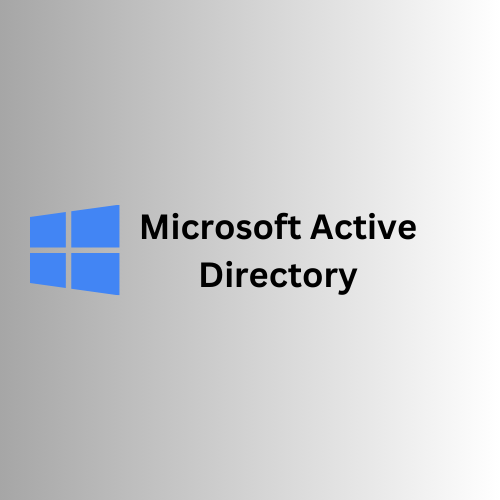A Step-by-Step Guide to Fortifying Your Active Directory Security
Laying the Foundation


Date: November 23, 2023
PC BOSS.Co
Securing Active Directory (AD) is paramount for safeguarding your organization against cyber threats. This step-by-step guide outlines essential practices to fortify your AD security, reducing the risk of unauthorized access and potential data breaches.
Step 1: Conduct a Comprehensive AD Security Audit
Start by conducting a thorough audit of your AD environment. This includes:
Identifying all domain controllers.
Reviewing user accounts and their privileges.
Examining group memberships.
Assessing password policies.
Step 2: Secure Your Domain Controllers
Substep 2.1: Physical Security Measures
Ensure the physical security of your domain controllers:
Store them in secure, access-controlled locations.
Implement surveillance systems to monitor physical access.
Restrict personnel access to authorized individuals.
Substep 2.2: Configuration Standardization
Standardize domain controller configurations to minimize vulnerabilities:
Use deployment tools like System Center Configuration Manager for consistent configurations.
Limit installed software and roles to the essentials.
Substep 2.3: Multifactor Authentication (MFA)
Enhance security by implementing multifactor authentication for accessing domain controllers:
Integrate MFA solutions compatible with your AD environment.
Enforce MFA for all privileged accounts.
Step 3: Establish a Robust Password Policy
Substep 3.1: Fine-Grained Password Policies
Leverage Microsoft's fine-grained password policies:
Define password length and complexity requirements.
Apply stricter account lockout settings for high-value accounts.
Substep 3.2: User Education Programs
Educate users on creating secure passwords and recognizing phishing attempts:
Conduct regular training sessions on password security.
Share real-world examples of phishing attacks and their consequences.
Step 4: Implement Local Administrator Password Solution (LAPS)
Substep 4.1: Unique Local Admin Passwords
Mitigate risks by using LAPS:
Ensure each device has a unique local admin password.
Do not run LAPS client-side extensions on domain controllers.
Substep 4.2: Regular Audits
Conduct regular audits to ensure LAPS compliance:
Periodically review local admin passwords across devices.
Address any deviations promptly.
Step 5: Enable Visibility into Group Policy
Substep 5.1: Security Group Best Practices
Implement security group best practices:
Monitor changes to group memberships actively.
Conduct regular reviews to ensure proper user group assignments.
Substep 5.2: Accounts and Roles
Follow best practices for all accounts:
Avoid assigning privileges directly to user accounts; use security groups.
Rigorously enforce a least privilege model.
Step 6: Monitor AD for Signs of Compromise
Substep 6.1: User Account Changes
Implement monitoring tools to detect unusual modifications:
Identify changes to user accounts, including who, when, and where.
Substep 6.2: Password Resets and Group Changes
Monitor password resets and changes to group memberships:
Identify patterns and anomalies in admin activities.
Substep 6.3: Logon Attempts and Group Policy Changes
Monitor login attempts and Group Policy changes:
Investigate unusual logon patterns and improper policy adjustments.
Conclusion
By systematically implementing these steps, your organization can significantly strengthen its AD security posture. Regularly revisit and update these measures to adapt to emerging threats and evolving cybersecurity landscapes. Remember, proactive security measures are the foundation of a resilient defense against the dynamic nature of cyber threats.
